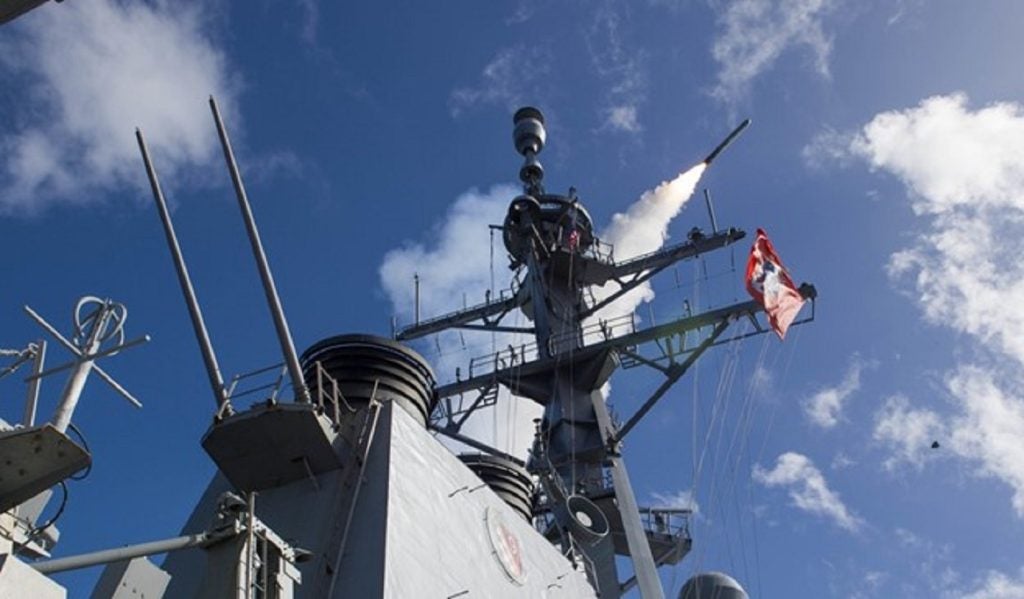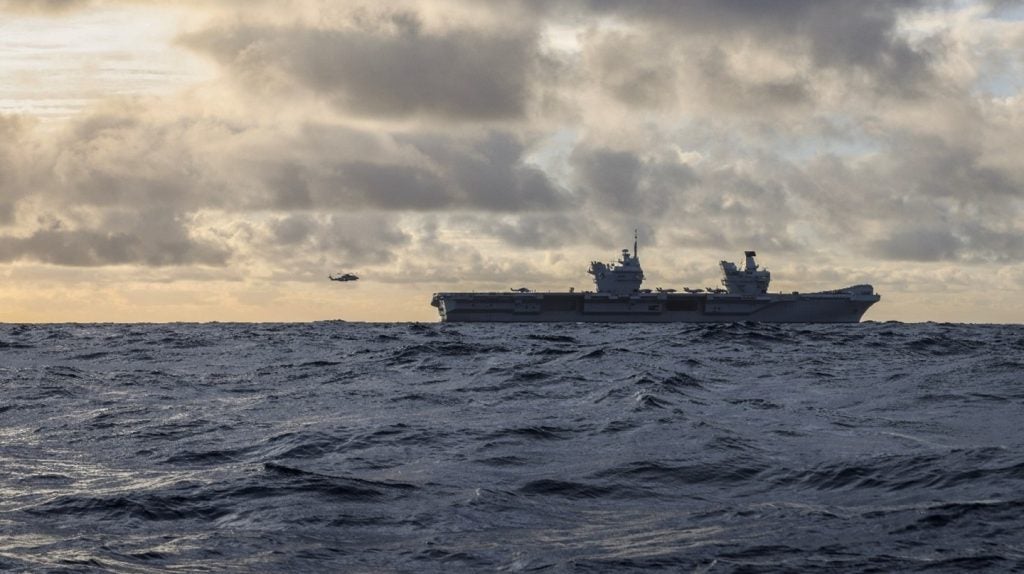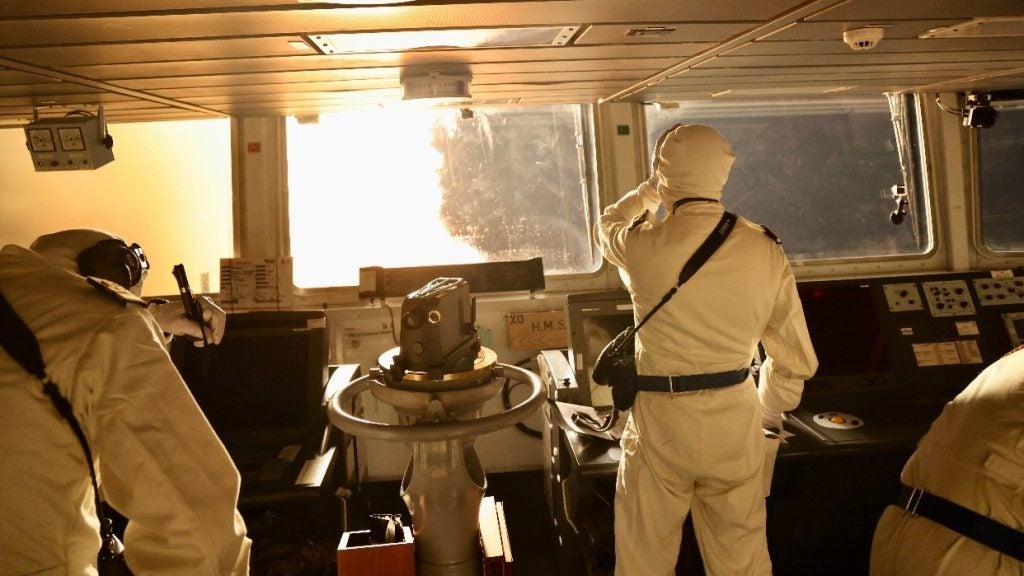The US State Department accepted a request from the Australian Government for support services to its Tomahawk missile systems on 10 January 2024.
Australia originally expressed interest in acquiring 200 Tomahawk cruise missiles for its Hobart-class air warfare destroyers in September 2023 in a deal worth A$1.3bn ($872m), making the commonwealth the third operator after the UK and US navies.
At the time of the announcement, these destroyers emerged from a 20-week-long maintenance period as part of the ships’ upkeep cycle.
Under the latest $250m Foreign Military Sales agreement, certified by the Defense Security Co-operation Agency, Australia will receive general weapons support services; logistics support management; material support; engineering technical support; management of technical data.
The objective of the “proposed sale will allow Australia to better utilise the Tomahawk Weapon System it is procuring and ensure appropriate weapon pairing is evaluated to identify defined targets more precisely,” the agency explained.
“It will also assist and contribute to Australia’s joint maritime weapon technology development, analysis, and implementation; support multiple lines of effort to enhance interoperability and interchangeability with the US; and uplift joint warfighting operational effects.”
The principal contractor will be determined as the Government of Australia identifies its specific annual and quarterly requirements for weapons uplift support.
There are no known offset agreements in connection with this potential sale.
Tomahawk developments
Originally produced by General Dynamics, Tomahawk is currently manufactured by Raytheon, an RTX subsidiary. The Tomahawk is designed to operate at very low altitudes while maintaining high-subsonic speeds. Its modular design enables the integration of numerous types of warheads, guidance and control systems.
The missile has a 5.56 metre (m) length, 51.8 centimetre diameter and a 2.67m wingspan. The weight of the missile is 1,315 kilogrammes.
Since 2020, RTX stated that the US Navy would recertify and modernise the missile, extending its service life by 15 years; this resulted in the new Tomahawk Block V series: a modernised version with upgraded navigation and communication.
Block Va, the ‘Maritime Strike Tomahawk’ variant, can strike moving targets at sea; and the Block Vb, which features a joint multi-effects warhead that can hit a more diverse land targets than the standard Block V.
The Tomahawk family of missiles includes a number of variants, carrying different warheads. The UGM-109A Tomahawk (Block II TLAM-A) carries a W80 nuclear warhead. Of course, this is not the first instance of US support to Australia’s nuclear capability. It follows the three-year-old AUKUS agreement that enables its strategic ally to develop nuclear-powered submarines.
Additional reporting from Richard Thomas.












